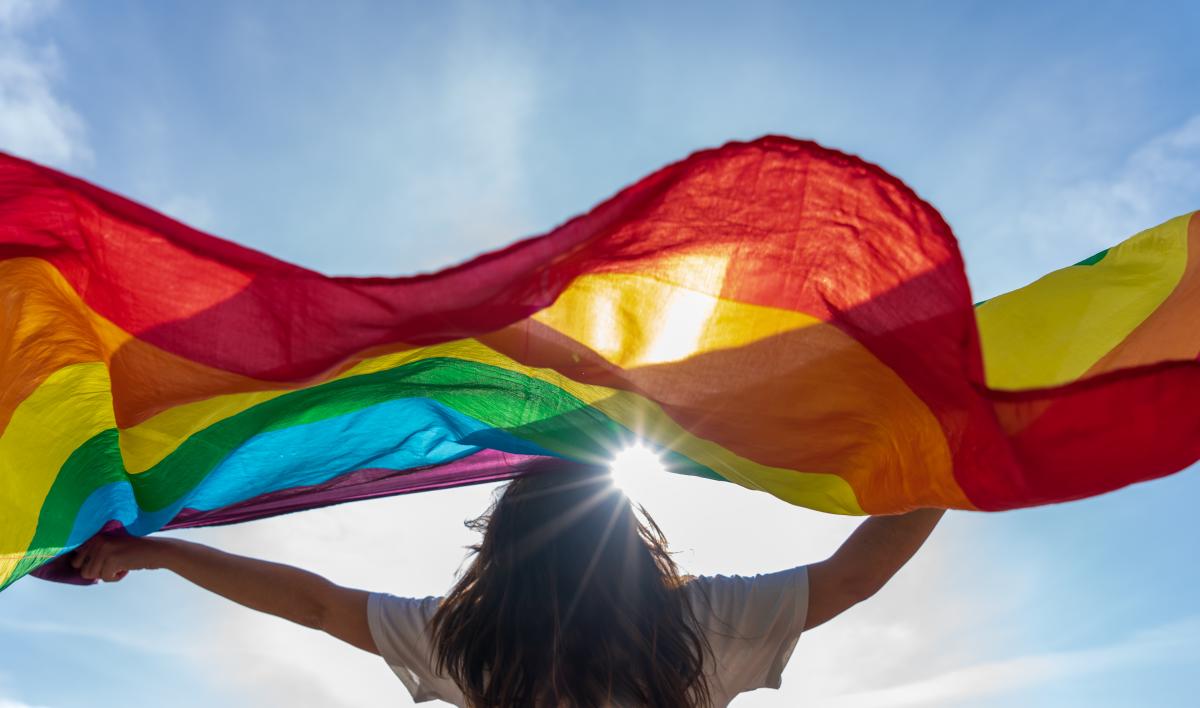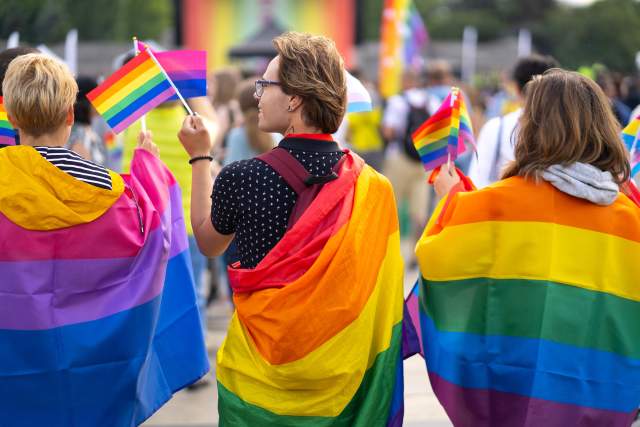The arrival of June heralds the start of Pride Month. As celebrations unfold around the globe, we offer some tips on how destinations can do their utmost to be an active ally of this community and present some real-world examples of destinations who are giving their true and authentic support to this demographic of travellers.
Looking beyond the rainbow
Insight from Marketing the Rainbow indicates members of the LGBTQIA+ community account for 13% of all global travel spend, a £30 billion contribution to the sector. Though this cohort represents a powerful force in the market, it’s also clear that many travellers within this community are scrupulously careful when selecting their destination of choice. Indeed, research by Booking.com indicates that 71% of British LGBTQIA+ travellers have had negative experiences while travelling, with 61% reporting that personal safety and wellbeing plays a factor in their choice of destination.
But as Marketing the Rainbow notes, the act of travel offers freedom from restrictive social norms, for travellers to live and act as their truest selves — even if only for a short time. But, this freedom is only possible if a destination is genuinely prepared to accommodate and support its travellers. Which brings us to rainbow washing and the use of the rainbow — globally understood as a visual symbol of support and welcome for the LGBTQIA+ community — in a disingenuous way.

With the rainbow symbol now being used in so many places — on clothing, landmarks, roads, even dog water bowls — a once powerful image is at risk of losing its meaning. At the milder end of the spectrum, it’s a symbol that’s been co-opted for marketing and advertising purposes but — if we extend this case to an extreme — the misappropriation of the rainbow can have a very unwanted result: of offending and possibly even endangering a member of this demographic. Just think: based on pre-trip research and observed imagery, an individual traveller may have selected a destination that they perceive to be inclusive, only to arrive to find that they are not welcome and their needs as travellers are not truly supported. And so — just as so many members of the LGBTQIA+ community are scrupulous in their choice of destination — destinations themselves must be scrupulous in their use of the rainbow.
This is a caution to all destination marketers: avoid the temptation of adding a rainbow to your logo or social channels during June (or anytime of the year), unless you have the products, services, or behaviours to back up your support of this cause. As an aside to this, LGBTQIA+ travellers are not only careful in their pre-trip research, but — once in a destination — this cohort of visitors are also very aware of how their appearance, action, or demeanour may be perceived by those around them. These are travellers whose senses are heightened and, as such, they can swiftly differentiate between tokenistic gestures and concrete, tangible support. For destinations, it’s worth knowing that posting LGBTQIA+ content only in Pride Month — rather than all year round — may give an impression of superficial care and concern.
How to Destinations Can Offer Authentic Support
Here at Simpleview, we note that many destinations we work with are making pronounced efforts via their digital presence to offer concrete and tangible support to this demographic of travellers ahead of their visits, something that helps to foster a positive experience. For example, Brighton is considered to be the heart of the LGBTQIA+ community in Britain and so it makes sense that the team at Visit Brighton have utilised a section their website to showcase all that the city has to offer when it comes to pubs, clubs, accommodation, shopping, and restaurant venues as well as using this space as a forum for highlighting annual events and even local radio station options.
While its website also offers a round-up of LGBTQIA+-friendly venues, Visit Liverpool uses an interactive map to put the focus squarely on the city’s Pride Quarter. A small but tangible touch, this means that newcomers can easily find their way to this part of the city without fuss. For Visit Manchester, solid website content helps visitors to get to know their way around what is known as ‘The Village’ — the part of the city around Canal Street, south of Chinatown — and to help them make the most of their time there. In addition to a round-up of events, venues, and accommodation, Visit Manchester’s site also highlights something a bit different: a walking trail.
As destinations, it’s very evident that each of these cities has not only put thought and care into highlighting themselves as welcoming to members of the LGBTQIA+ community, but made tangible suggestions as to how travellers can enjoy themselves with each and every visit. By doing so, they not only serve as examples of inclusivity, but offer themselves up as true allies of the community within the travel sector.

